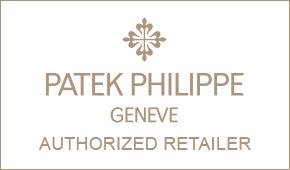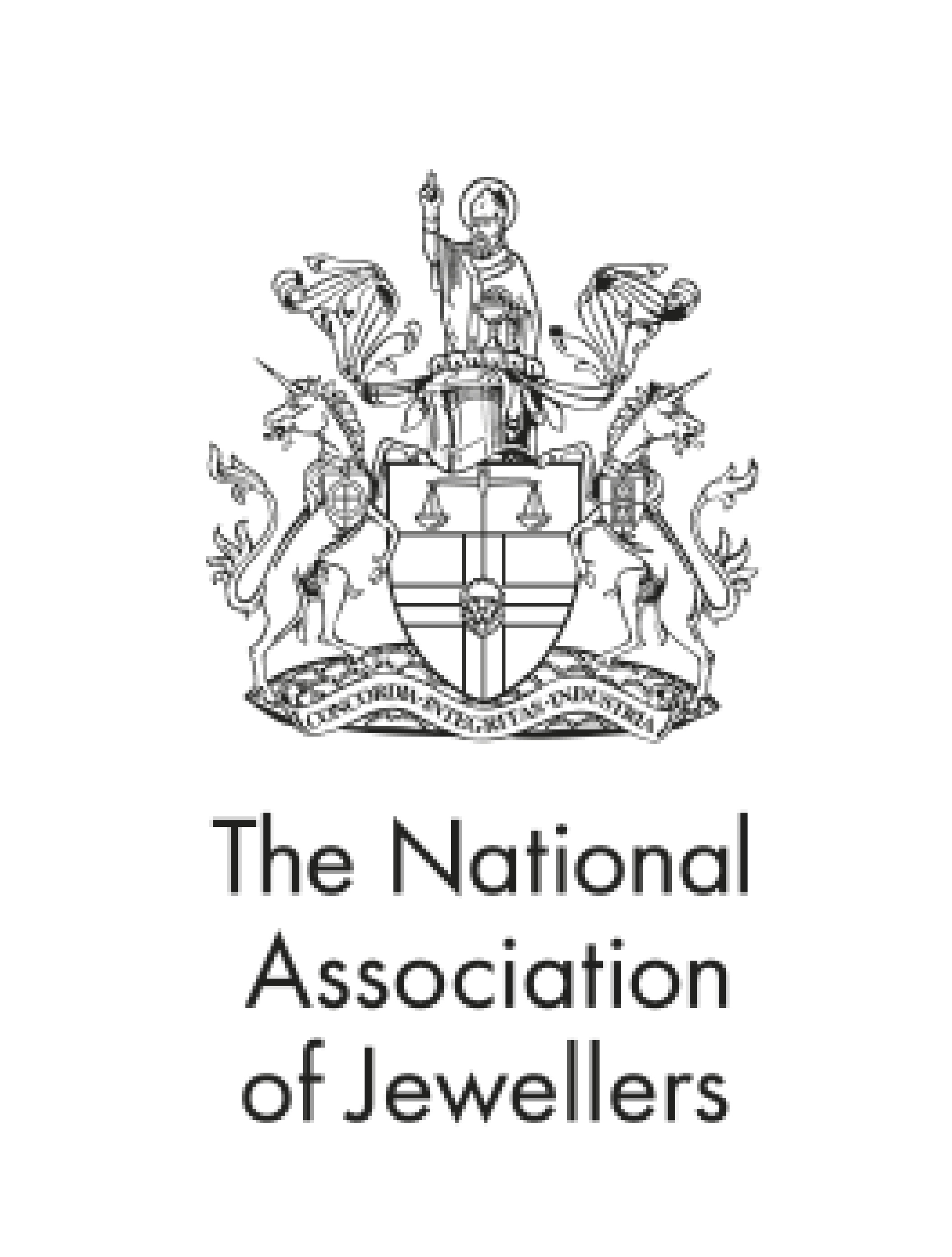
Jewellery Buyer's Guide
At Michael Spiers we are committed to helping you make the perfect choice, but we understand that a host of questions come to mind when purchasing any piece of fine jewellery.
The aim of this section is to provide you with a wealth of information relevant to our products so that you can answer many of these questions for yourself. Our glossary of terms and definitions equips you with hard facts and useful background information, giving a constant source of reference to help you make your decision.
Diamonds
Although size is the most obvious factor in determining the value of a diamond, there are other factors to consider when choosing a diamond, such as cut, carat and colour. By taking your budget as a starting point, it is up to you to balance which of these four criteria are of greater or lesser importance. The order in which you rank them is purely a matter of your personal preference. Please read our section All About Diamonds to find more information about the 4Cs.
Gold
Gold is and has always been the ultimate precious metal through the ages: its beautiful colour and lustre, its resistance to atmospheric change and its rarity have all contributed to its reputation. When buying a piece of jewellery in gold, you will have to choose the carat. This term describes the relative proportions of gold to other metals in an alloy: one carat being equal to 1/24th part by weight. 18ct is therefore 18 parts in 24 pure gold, 9ct gold is 9 parts in 24 etc. The legal standards for gold alloy in the UK are 22ct (.916), 18ct (.750), 14ct (.585) and 9ct (.375). The price of gold jewellery is therefore dependant on the 'fineness' of the gold used.
Gold can also have different colours, depending by the type of metal used in the alloy: silver is used to create 'white' gold, copper to produce 'rose' gold. The higher the carat, the richer and deeper the colour will be.
Platinum
With its rarity and price exceeding gold, platinum is used only in the manufacture of fine jewellery. It is relatively heavy, non-corroding and malleable, making it a superb jewellery metal. Similarly to gold, platinum must be alloyed with various other metals in order for it to be 'workable'.
Platinum is a hypo-allergenic metal that will not irritate the skin. Its cool silver-white colour of platinum makes it an ideal setting for diamonds. Its resistance to abrasion means the metal dulls very little over time and never tarnishes.
Silver
Silver's main properties are malleability and ductility, combined with the beautiful purity of its colour and capability to receive an extremely high polish. Silver is too soft to work with practically in its pure form, so it is usually allied with copper, which has the effect of increasing its strength without adversely affecting its beautiful colour.








